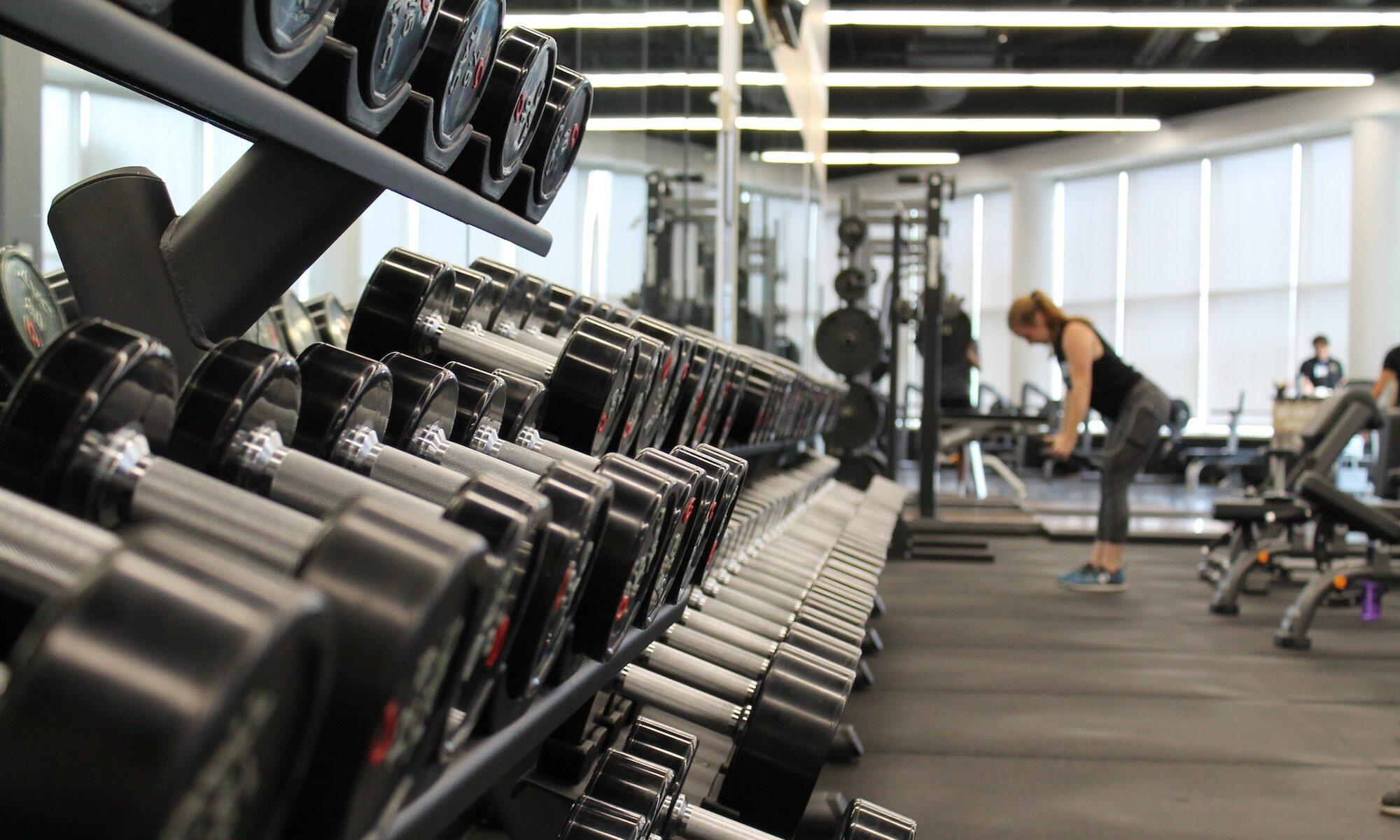Discover the importance of mobility exercises for pain-free living in this insightful article. Improve flexibility, reduce pain, and enhance your overall quality of life. Unlock the secrets today!
Welcome to “Unlock the Secrets of Mobility Exercises for Pain-Free Living”! In this article, you will discover the importance of incorporating mobility exercises into your daily routine to improve flexibility, reduce pain, and enhance overall quality of life. By understanding the benefits and techniques of mobility exercises, you can unlock the gateway to a healthier, more active lifestyle. Say goodbye to stiffness and discomfort, and hello to a happier, pain-free you! Have you ever felt stiff, achy, or limited in your movement? Are you tired of living with nagging aches and pains that seem to never go away? Fortunately, you’re not alone, and there are solutions that can help you lead a pain-free life. One of the keys to improving your mobility and reducing discomfort is through targeted exercises that focus on flexibility, strength, and balance. In this article, we will unlock the secrets of mobility exercises and show you how implementing them into your daily routine can make a world of difference in how you feel and move. Let’s dive in and discover how you can make pain-free living a reality.
Understanding Mobility and Its Importance
Have you ever felt like your body just doesn’t move the way it used to? Perhaps you’ve noticed that simple tasks like bending over to tie your shoes or reaching for something on a high shelf have become more challenging. This is where the concept of mobility comes into play. Mobility refers to the ability of your joints, muscles, and tissues to move through their full range of motion without pain or restriction.
What is Mobility?
Imagine your body as a well-oiled machine, with each joint acting as a hinge that allows for smooth and effortless movement. When these hinges become stiff or rusty, your body’s ability to move freely is compromised, leading to discomfort and limitations in your daily activities. This is where the importance of mobility exercises comes in. By performing targeted movements and stretches, you can improve the flexibility, strength, and stability of your joints, ultimately enhancing your overall mobility.
The Benefits of Mobility Exercises
Have you ever wondered what the fuss is all about when it comes to mobility exercises? The truth is, incorporating these types of movements into your daily routine can offer a wide range of benefits that go far beyond just reducing pain and discomfort. Let’s explore some of the key advantages of incorporating mobility exercises into your life.
Reduced Pain and Discomfort
By improving the flexibility and strength of your joints and muscles, mobility exercises can help reduce the aches and pains that often come with stiffness and immobility. When your body moves more freely, you’re less likely to experience discomfort during everyday activities, making it easier to stay active and enjoy your life to the fullest.
Improved Range of Motion
One of the most noticeable benefits of mobility exercises is an increase in your range of motion. This means that you’ll be able to move your joints more freely and comfortably, allowing you to perform tasks with greater ease and efficiency. Whether you’re reaching for something on a high shelf or bending over to pick up your grandkids, improved range of motion can make these activities feel effortless and natural.
Enhanced Flexibility and Stability
Flexibility and stability are key components of mobility, and by incorporating exercises that target these areas, you can improve your body’s ability to move smoothly and efficiently. Increased flexibility allows your muscles and tissues to stretch and lengthen, while improved stability helps you maintain proper alignment and posture during movement. Together, these elements create a strong foundation for optimal mobility and overall well-being.
Injury Prevention
Another important benefit of mobility exercises is their ability to reduce your risk of injury. By improving the flexibility, strength, and stability of your joints, muscles, and tissues, you can better protect yourself from strains, sprains, and other common injuries that can occur during physical activity. Additionally, increased mobility can help you move more efficiently and safely, lowering the likelihood of accidents and mishaps.
Better Posture and Alignment
Proper posture and alignment are essential for maintaining a healthy spine and preventing musculoskeletal issues. Mobility exercises can help you strengthen the muscles that support good posture, as well as improve the alignment of your joints and bones. By promoting a more neutral and balanced position, these exercises can alleviate strain on your muscles and ligaments, reducing the risk of discomfort and injury.
Enhanced Performance in Physical Activities
Whether you’re an athlete, fitness enthusiast, or simply someone who enjoys staying active, mobility exercises can help you perform at your best. By increasing your range of motion, flexibility, and stability, you can move more efficiently and effectively during physical activities, leading to improved performance and reduced fatigue. Whether you’re running, lifting weights, playing sports, or simply going for a walk, enhanced mobility can enhance your overall experience and enjoyment.
Types of Mobility Exercises
Now that you understand the importance and benefits of mobility exercises, it’s time to explore some of the most effective types of movements that can help you improve your flexibility, strength, and balance. From simple stretches to more dynamic movements, there are countless options to choose from, each offering unique benefits for your body. Let’s take a look at some of the most popular types of mobility exercises and how you can incorporate them into your daily routine.
Static Stretching
Static stretching involves holding a specific position for a set period, usually between 15-30 seconds, to lengthen the muscles and improve flexibility. This type of stretching is ideal for targeting specific muscle groups and can be done before or after a workout to help relax and elongate the muscles. Some common static stretches include hamstring stretches, quadriceps stretches, and calf stretches.
Dynamic Stretching
Dynamic stretching involves moving your body through a full range of motion in a controlled and fluid manner to increase flexibility and warm up the muscles. Unlike static stretching, which involves holding a position, dynamic stretching focuses on active movements that mimic the motions you’ll perform during physical activity. Examples of dynamic stretches include leg swings, arm circles, and hip rotations.
Mobility Drills
Mobility drills are exercises that target multiple joints and muscle groups simultaneously to improve overall mobility and movement patterns. These drills are often more challenging and require coordination and control to perform correctly. Examples of mobility drills include bear crawls, inchworms, and shoulder dislocations. These exercises can help you move more efficiently and fluidly, enhancing your coordination and balance.
Foam Rolling
Foam rolling, also known as self-myofascial release, involves using a foam roller to massage and release tension in the muscles and fascia. This technique can help improve circulation, reduce muscle soreness, and enhance flexibility by breaking up adhesions and trigger points in the soft tissues. Foam rolling can be done before or after a workout to improve recovery and reduce discomfort.
Yoga and Pilates
Yoga and Pilates are two popular forms of exercise that emphasize flexibility, strength, and balance through a series of poses and movements. Both disciplines focus on controlled breathing, alignment, and mindfulness to improve overall well-being and promote relaxation. By incorporating yoga or Pilates into your routine, you can enhance your mobility, reduce stress, and cultivate a sense of inner calm and peace.
Resistance Training
Resistance training involves using weights, resistance bands, or your body weight to strengthen and tone your muscles. While it may not seem like a traditional form of mobility exercise, resistance training plays a crucial role in improving the stability and strength of your joints and tissues. By incorporating exercises like squats, lunges, and bicep curls into your routine, you can build muscle mass, increase bone density, and support healthy movement patterns.
How to Get Started with Mobility Exercises
Now that you’re familiar with the different types of mobility exercises, you may be wondering how to incorporate them into your daily routine. The good news is that getting started with mobility exercises is easier than you think, and you don’t need any fancy equipment or advanced skills to begin. Here are some simple steps to help you kickstart your mobility journey and unlock the secrets of pain-free living.
Assess Your Current Mobility
Before you begin any new exercise routine, it’s important to assess your current mobility and identify areas of stiffness, weakness, or imbalance. Take note of how your body moves during everyday activities and pay attention to any discomfort or limitations you experience. By understanding your baseline mobility, you can tailor your exercises to address specific areas that need improvement.
Set Realistic Goals
When starting a new fitness program, it’s crucial to set realistic and achievable goals that align with your needs and abilities. Whether you want to improve your flexibility, reduce pain, or enhance your performance in physical activities, establishing clear objectives will help you stay motivated and track your progress over time. Start with small, manageable goals and gradually increase the intensity and duration of your workouts as you build strength and confidence.
Create a Consistent Routine
Consistency is key when it comes to reaping the benefits of mobility exercises. To maximize your results and maintain your progress, aim to perform mobility exercises at least 3-4 times per week, with each session lasting between 20-30 minutes. By making mobility a regular part of your daily routine, you can establish healthy habits that support your overall well-being and vitality.
Listen to Your Body
As you begin incorporating mobility exercises into your routine, it’s essential to listen to your body and pay attention to how it responds to different movements. If you experience pain, discomfort, or unusual sensations during an exercise, stop immediately and consult with a healthcare professional. Remember that mobility exercises should feel challenging but not painful, and it’s crucial to respect your body’s limits and boundaries as you progress.
Stay Patient and Persistent
Improving your mobility takes time and effort, so don’t be discouraged if you don’t see results overnight. Consistent practice, patience, and persistence are key to unlocking the secrets of pain-free living and achieving lasting change in your body. Celebrate small victories along the way, stay committed to your goals, and trust in the process of transformation as you work towards a healthier, happier, and more mobile you.
Conclusion
Congratulations! You’ve taken the first step towards unlocking the secrets of mobility exercises for pain-free living. By understanding the importance and benefits of mobility exercises, exploring different types of movements, and learning how to incorporate them into your daily routine, you are well on your way to improving your flexibility, strength, and balance. Remember that consistency, patience, and listening to your body are essential components of a successful mobility program, so stay dedicated to your goals and enjoy the journey towards a healthier, happier, and more mobile you. Embrace the power of mobility exercises and unlock a world of possibilities for a pain-free and active lifestyle.


